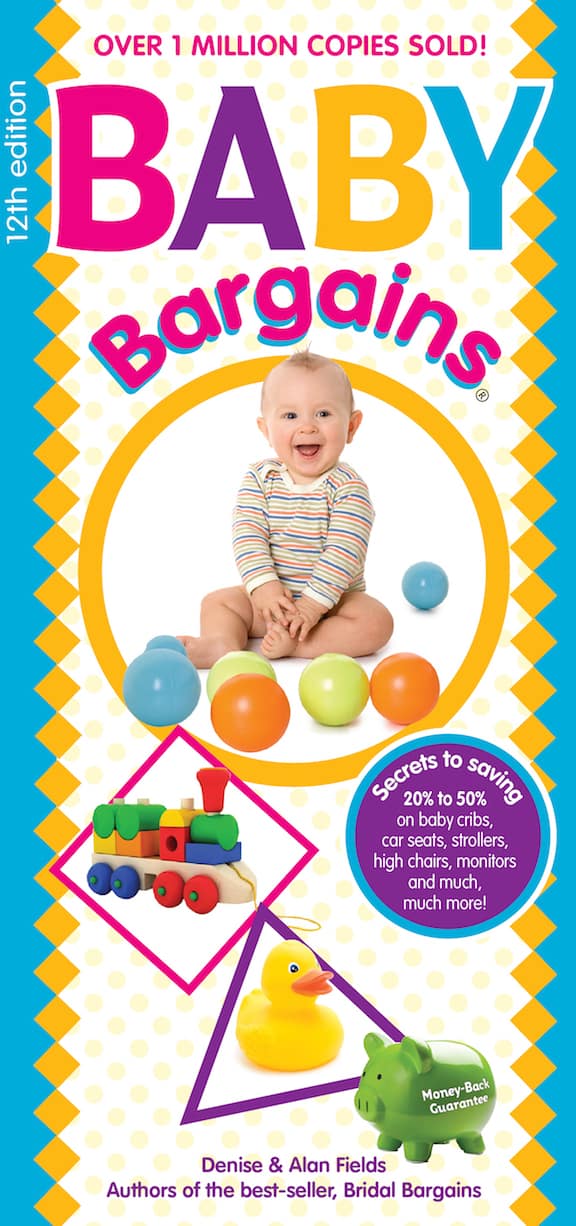Best For Discussing Feelings: A Little SPOT of Emotion 8 Plush Toys
We liked this combination hardcover book and 8 toys that show different emotions—perfect to help kids express emotions. The face expressions are most helpful, especially for kids that are on the spectrum.
What We Liked
• Colorful illustrations.
• Gives kids new communication skills.
• Helps initiate conversations.
What Needs Work
• Probably best for kids over the age of six, said our readers. That’s because some of the concepts like “scribble” may be harder for younger kids to grasp.
• A bit pricey.
Best for Shy Kids: Learning Resources Conversation Cubes
These cubes came highly recommended by our readers as a great way to spark conversations. We agree: they are a good ice breaker . . . or as a writing prompt for older kids. These cubes are also great for group discussions.
What We Liked
• Excellent to prompt conversations in a group setting.
• 36 questions cover a wide range of topics.
• Good practice for social skills.
• Helps stimulate creative thinking.
What Needs Work
• Durability could be better. Printed words rub off the cubes too easily, said our readers.
• Choking hazard—not for kids under age six without adult supervision.
Best For Younger Kids: Learning Resources Big Feelings Pineapple
Emotions are more than just one feature on a face—this learning toy helps kids with 30 pieces you can change out (eyes, mouths, eyebrows). We like the design: note that you can put the expressions on two sides of the pineapple. We love how portable this activity is as well—great for travel.
What We Liked
• So cute!
• Helps kids talk about emotions and feelings.
• Travel size.
• Affordable.
• Two-sided so you can change one side while the other side prompts discussion.
What Needs Work
• Pieces can fall off too easily.
• Small size for pieces can make it harder for kids to place.
Best for Journaling: hand2mind Express My Feelings Journal
One of the best ways to learn about emotions and feelings is to journal—this choice helps kids start that process. A reader favorite, this ring-bound journal has activities and prompts . . . a good place to start. We liked how well-designed it is.
What We Liked
• Creative prompts.
• Best for pre-teens.
• Helps kids recognize and regulate emotions.
What Needs Work
• Best for kids aged 5-9 . . . not so good for kids age 10 and up (perhaps it is too simplistic).
• Not for kids who are experienced at journaling.
About the Authors
Denise & Alan Fields are consumer advocates and best-selling authors. The Fields have authored 12 books with three million copies in print, including the best-selling guide to baby gear, Baby Bargains.
The Fields have been featured and quoted in the New York Times, Wall Street Journal and Los Angeles Times.
As consumer products experts, the Fields have been guests on the NBC Today Show, Good Morning America and ABC’s 20/20.
How We Pick Products To Recommend
We often turn to our readers (3 million strong!) to find products to recommend. We ask our parent readers for their favorites and consider their real-world experiences in our recommendations.
When we test a product, we always purchase it with our own monies. We do not take free samples, as we believe that compromises our independence.
We also fact check manufacturer information with our own measurements. If a maker claims a product weighs X pounds, we will weigh it to make sure. If the battery life is supposed to be six hours, we will see how it stands up in the real world.
In some cases, we will do interviews with experts in the field to get additional feedback on products.
To get hands-on time with products, we regularly meet one-on-one with gear companies and even tour manufacturing facilities. (When we do this, we pay our own travel expenses).
Why Trust Us
We’ve been rating and reviewing products for the home and families since 1994. We do extensive research, evaluating products with an eye toward quality, ease of use and affordability.
We make our living from affiliate commissions, but we always recommend what we think are the best bets for our readers (not the ones that are the most expensive). We are always looking for products that offer the best bang for the buck.
Our independence is a key reason why we have been doing this so long. As we mentioned above, when we purchase a product for hands-on testing, we do so with our own money.
Here’s another key point: we don’t take money from the brands we review. No free samples, no sponsors, no “partnerships.” Our work is 100% reader-supported!

 We obsess over baby gear . . . so you don't have to. Baby Bargains has one mission: help you find the best gear for your baby with unbiased reviews by experts with 20 years of experience. At prices that don't break the bank. When you purchase a product from links on this site, we make a small affiliate commission. Learn more
We obsess over baby gear . . . so you don't have to. Baby Bargains has one mission: help you find the best gear for your baby with unbiased reviews by experts with 20 years of experience. At prices that don't break the bank. When you purchase a product from links on this site, we make a small affiliate commission. Learn more 
